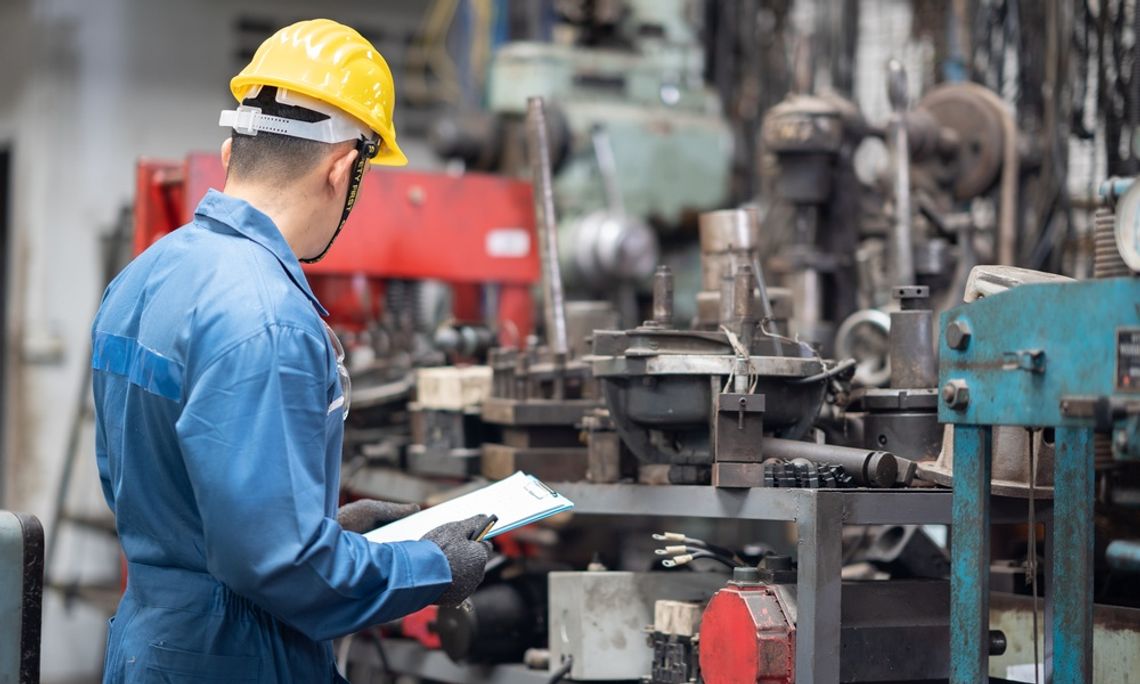Flexible manufacturing isn't just a competitive advantage—it's becoming essential for survival. Companies that embrace adaptability can reduce downtime, minimize waste, and capture new opportunities as they arise.
This approach enables manufacturers to handle everything from sudden spikes in demand to complete product line changes with confidence.
Building flexibility into your manufacturing process requires strategic thinking across multiple areas. Consider these easy ways to make your manufacturing process more flexible if you’re ready to make your company more efficient and reliable.
Technology Adoption for Enhanced Agility
Modern technology enables rapid adjustments that would be impossible with manual systems. Automation technologies create the foundation for adaptable production by reducing human error and enabling consistent quality across different product variations.
Artificial intelligence and machine learning algorithms can predict maintenance needs, optimize production schedules, and identify potential bottlenecks before they impact operations.
Internet of Things (IoT) sensors throughout your facility provide real-time visibility into equipment performance, inventory levels, and quality metrics. This connectivity enables immediate responses to changing conditions and helps identify opportunities for process improvements.
Consider how automation benefits extend beyond simple task completion. Automated systems can quickly reconfigure for different products, maintain consistent quality standards across product variations, and operate continuously without the fatigue that affects human workers.
Invest in automated systems that are as flexible as your overall operation.
Workforce Development and Cross-Training
Your employees form the human element of flexible manufacturing, and their skills directly impact your ability to adapt to change. Cross-training programs create a versatile workforce capable of handling multiple tasks and responsibilities as needs shift.
Learning why more manufacturing companies are using reverse engineering and following best practices will keep your workforce sharp and agile. Refining practices across different manufacturing methods relevant to your industry is critical to your productivity.
Develop multi-skilled workers to reduce your dependency on specialized roles that can create bottlenecks when demand patterns change.
When employees understand various aspects of your operation, they can move between different stations, support colleagues during high-demand periods, and contribute to problem-solving across departments.
Assessment and Planning Foundation
As you can see, learning each of the ways to make your manufacturing process more flexible is easy.
Implementing flexible manufacturing begins with a comprehensive analysis of your current processes and identification of areas where rigidity limits your responsiveness. This assessment should examine equipment capabilities, workflow bottlenecks, skill gaps, and supply chain vulnerabilities that could benefit from enhanced flexibility.
Looking for problems in your workflow is an opportunity to improve your processes by updating practices or replacing outdated machines.
Process mapping reveals how products move through your facility and identifies opportunities for improvement. Look for areas where small changes could enable handling of product variations, reduce changeover times, or improve responsiveness to demand fluctuations.
As manufacturing continues to evolve, flexibility becomes increasingly important for long-term success and sustainability.
Start improving your flexibility today by assessing your current capabilities and identifying the most impactful areas for improvement.


Comment
Comments